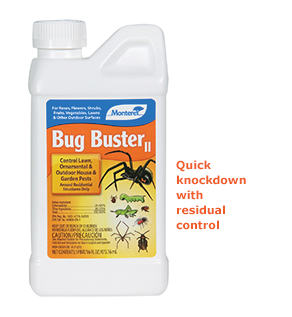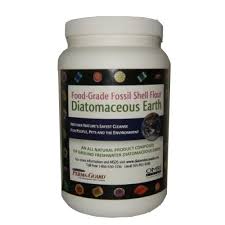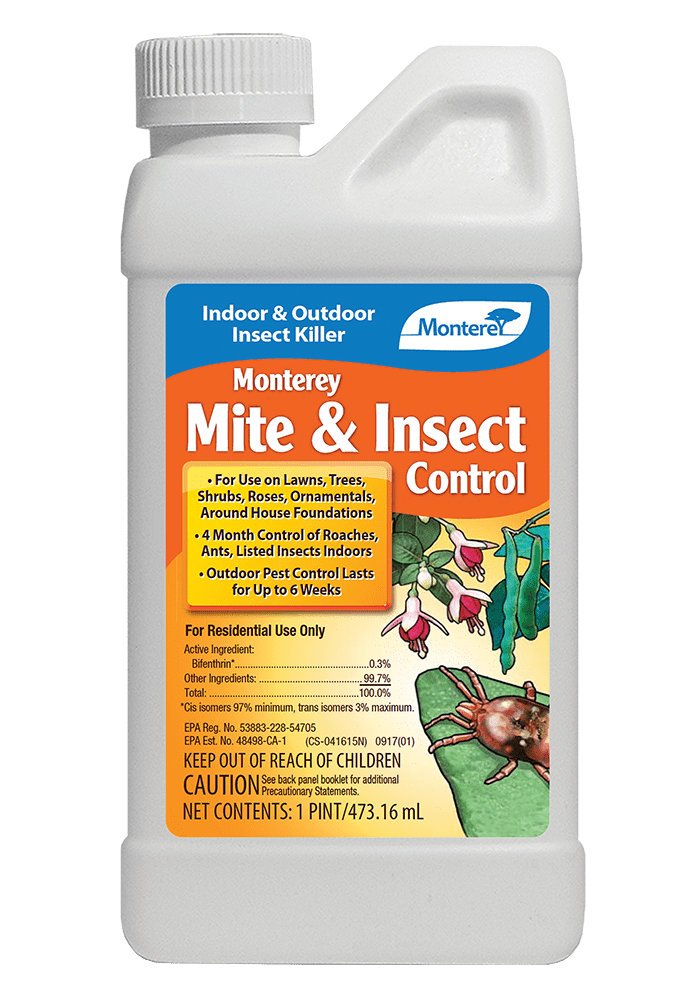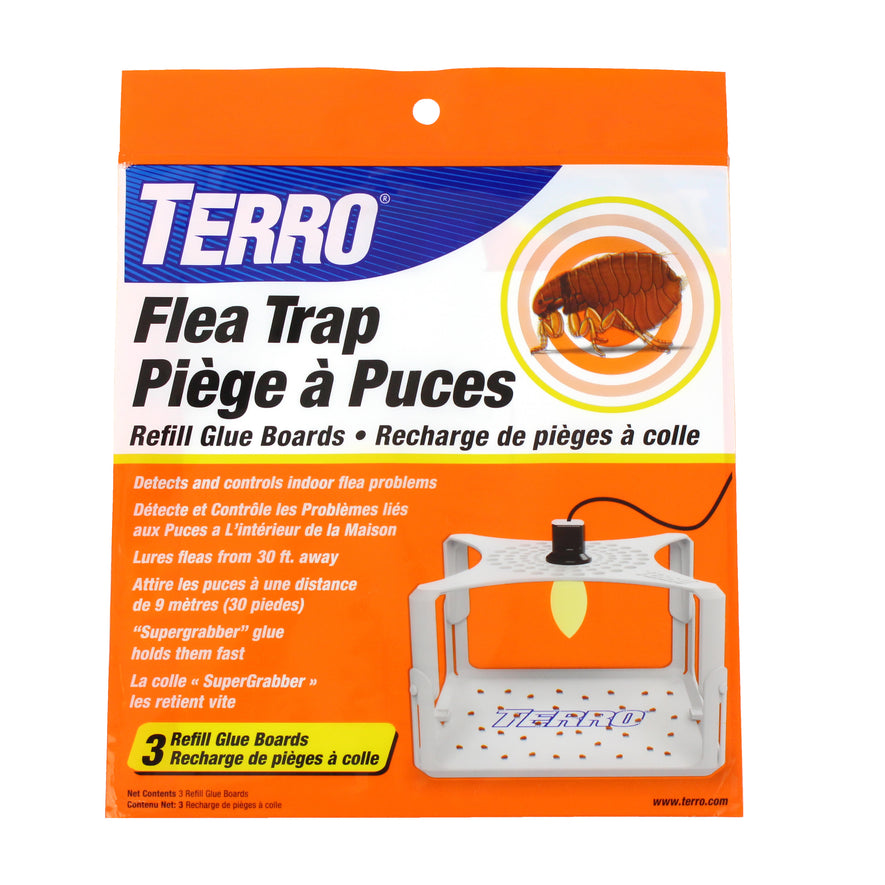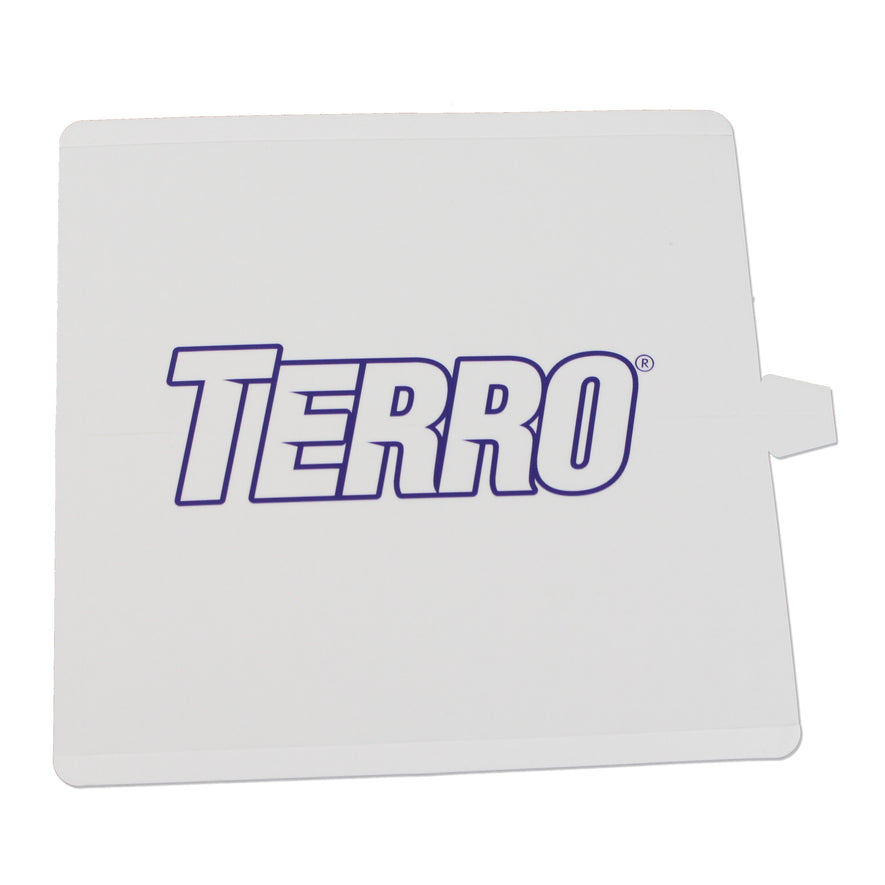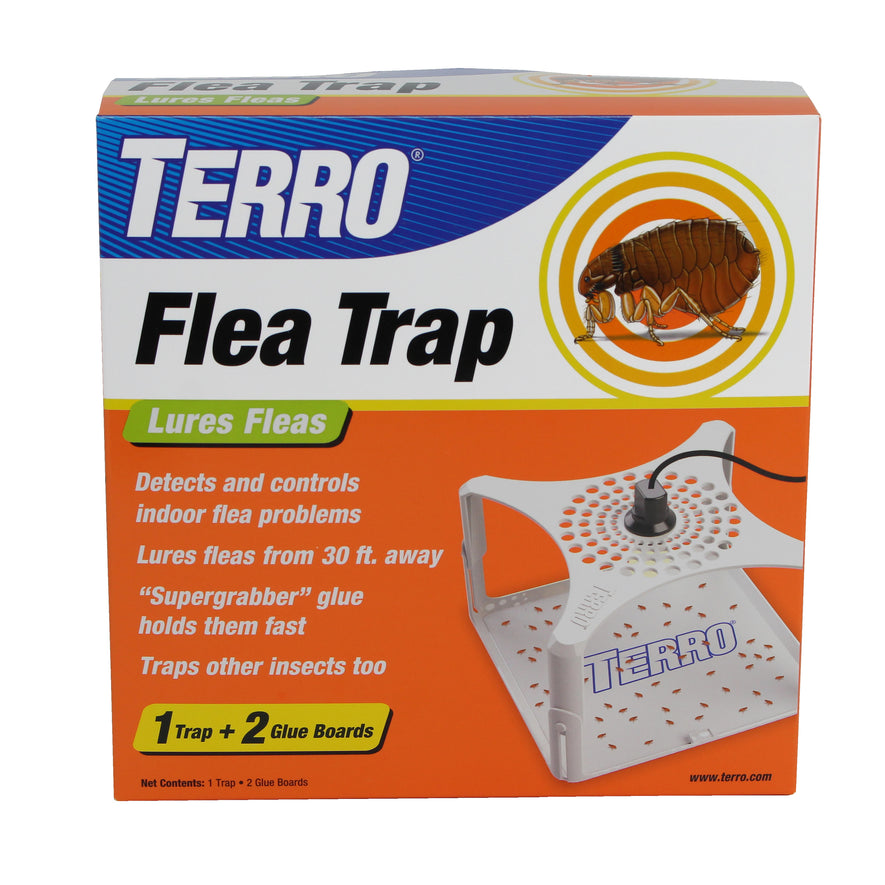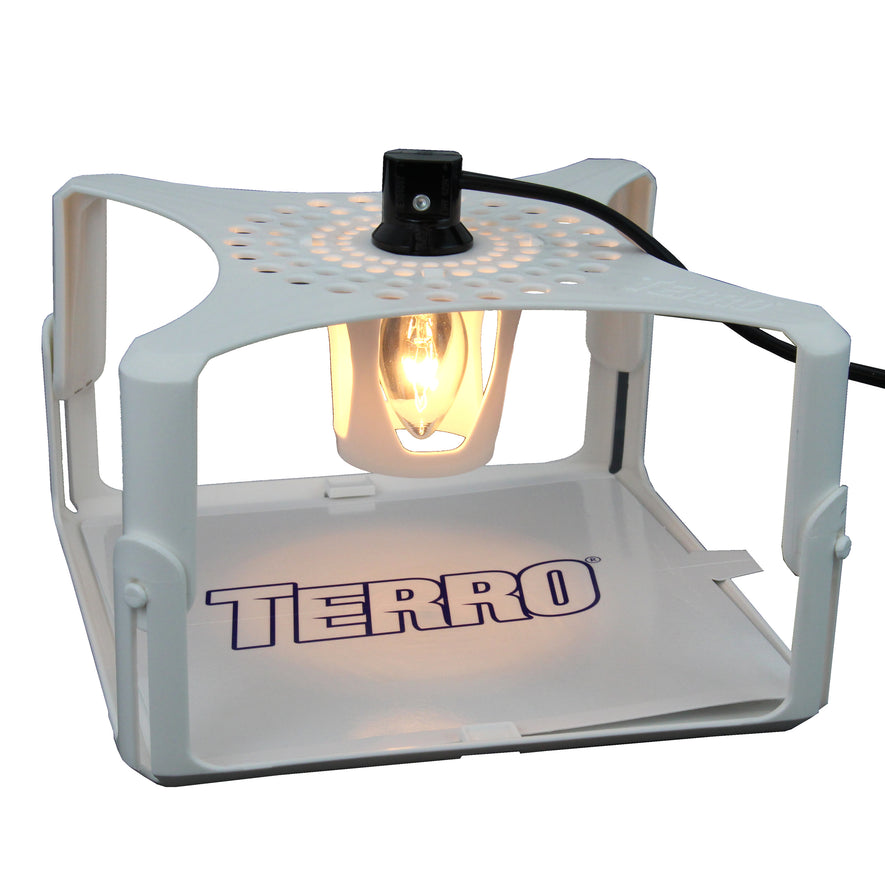-
Bug Buster II Insect Spray, 1... Not Available for Sale in Canada A synthetic pyrethroid insecticide that is an excellent control for a wide range of...
- Regular price
- $29.95
- Regular price
-
- Sale price
- $29.95
- Unit price
- per
-
Perma-Guard Food Grade Diatomaceous Earth 500g Pure Freshwater Diatomaceous Earth. It is of the highest quality available, being greater than 99.5% amorphous silica and less than...
- Regular price
- $9.95
- Regular price
-
- Sale price
- $9.95
- Unit price
- per
-
Monterey Mite and Insect Control, 1... Not Available for Sale in Canada Indoor and outdoor insect killer: Repels and eliminates mites, aphids, caterpillars, chinch bugs, fleas,...
- Regular price
- $14.95
- Regular price
-
- Sale price
- $14.95
- Unit price
- per
-
TERRO Flea Trap Refill Glue Boards,... Detects and controls indoor flea problems SuperGrabber glue holds fleas and other insects fast for monitoring and removal Change glue...
- Regular price
- $5.95
- Regular price
-
- Sale price
- $5.95
- Unit price
- per
-
TERRO Flea Trap Detects and controls indoor flea problems Uses heat and light to lure fleas from 30 feet away SuperGrabber glue holds...
- Regular price
- $17.95
- Regular price
-
- Sale price
- $17.95
- Unit price
- per
free shipping on most orders over $125 - $7.95 Flate Rate for All Other Orders


